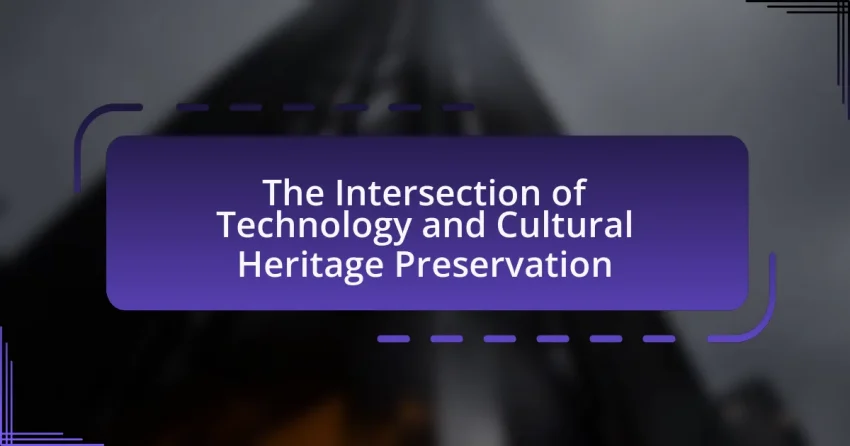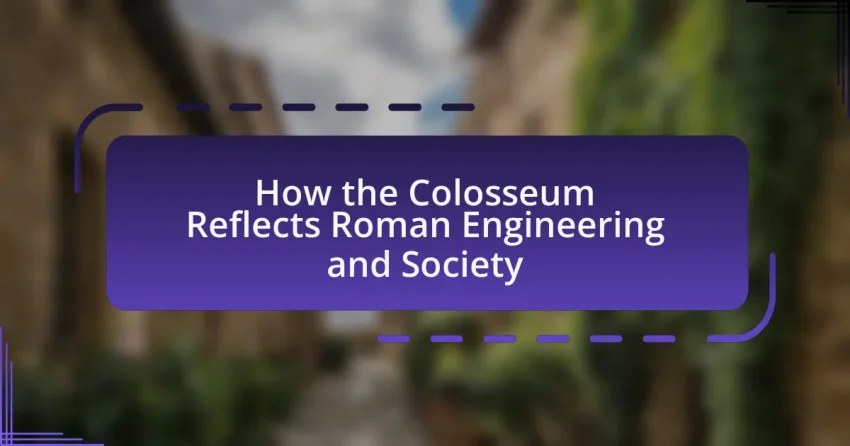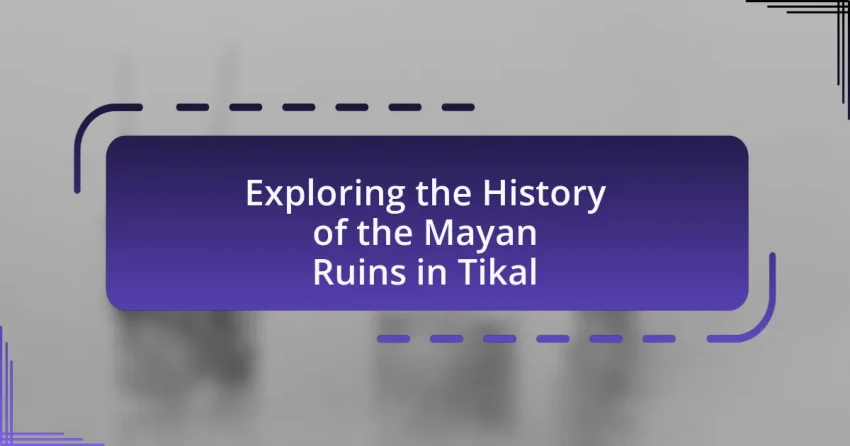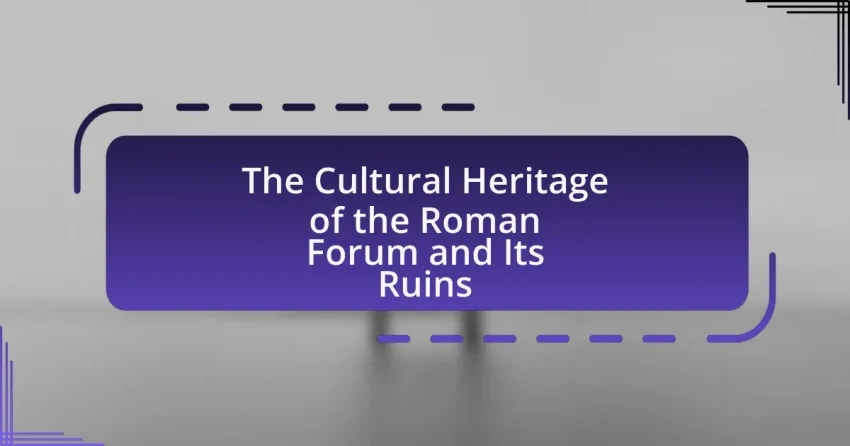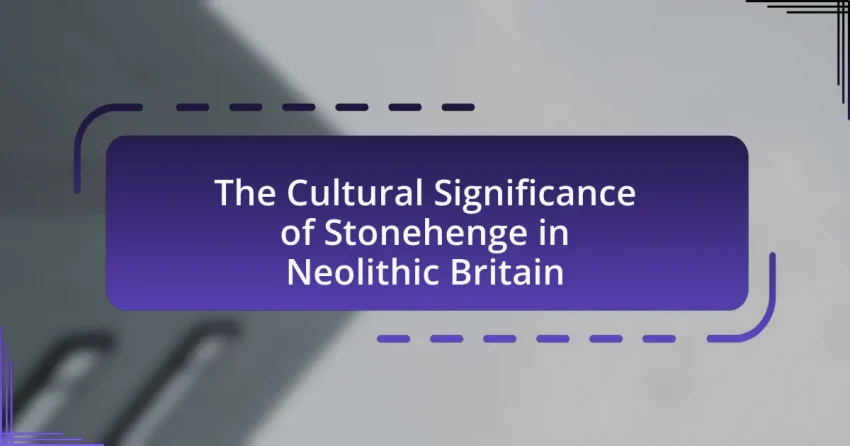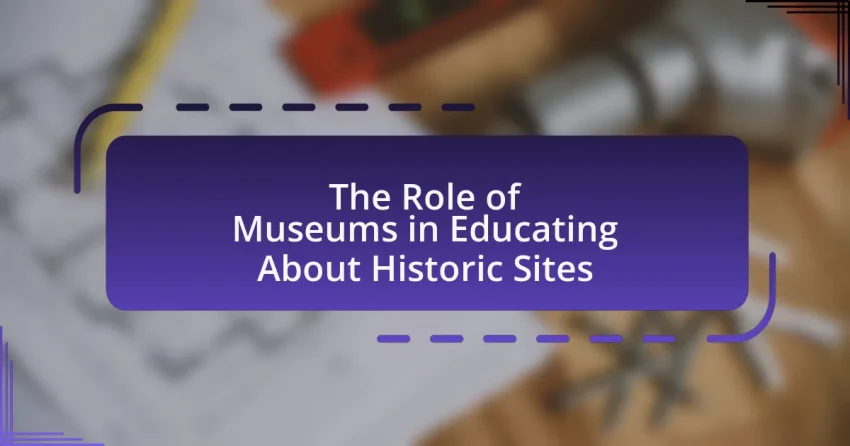The article examines the intersection of technology and cultural heritage preservation, highlighting how digital tools and methodologies are employed to safeguard and promote cultural assets. It discusses key technologies such as 3D scanning, virtual reality, and digital archiving, which enhance the documentation, restoration, and accessibility of cultural artifacts and sites. The article also addresses the…
How the Colosseum Reflects Roman Engineering and Society
The Colosseum stands as a monumental example of Roman engineering and societal values, showcasing advanced architectural techniques such as the use of concrete, arches, and vaults. Constructed between 70-80 AD, it could accommodate around 50,000 spectators, reflecting the importance of public entertainment in Roman culture. The structure’s design facilitated efficient crowd management and included innovative…
Exploring the History of the Mayan Ruins in Tikal
The Mayan Ruins in Tikal, located in Guatemala, represent one of the largest and most significant urban centers of the ancient Maya civilization, featuring monumental architecture built between 600 BC and 900 AD. Tikal’s strategic location facilitated trade and agricultural advancements, contributing to its prominence as a political and cultural hub. The site, declared a…
The Cultural Heritage of the Roman Forum and Its Ruins
The Roman Forum, established in the 7th century BCE, is a significant cultural heritage site that served as the center of political, social, and economic life in ancient Rome. This article explores the historical, architectural, and archaeological importance of the Forum and its ruins, highlighting key structures such as the Senate House, the Temple of…
The Taj Mahal: A Love Story in Marble
The Cultural Significance of Stonehenge in Neolithic Britain
Stonehenge, a prehistoric monument in Neolithic Britain, holds significant cultural importance as a ceremonial and astronomical site. Constructed between 3000 and 2000 BCE, it served as a focal point for rituals related to death and the afterlife, as well as a gathering place for communities, reflecting their social cohesion and shared beliefs. Archaeological evidence, including…
The Kremlin: A Fortress of Russian History and Architecture
The Kremlin is a fortified complex in Moscow, serving as the official residence of the President of Russia and a symbol of state power. Its historical significance dates back to the 15th century, marking it as the political and cultural center of Russia through pivotal events such as the rise of the Tsardom and the…
Documenting Intangible Heritage: Festivals and Traditions at Historic Sites
Documenting intangible heritage focuses on the systematic recording and preservation of cultural practices, expressions, and traditions that are not physically tangible, such as festivals, rituals, and oral traditions. This article explores the significance of documenting intangible heritage, emphasizing its role in preserving community identity and cultural diversity. Key elements include oral traditions, performing arts, and…
The Parthenon: Symbol of Ancient Greece and Its Architectural Innovations
The Role of Museums in Educating About Historic Sites
Museums serve a vital role in educating the public about historic sites through curated exhibits, educational programs, and community collaborations. They enhance understanding of historical contexts by providing access to artifacts and narratives, fostering appreciation for cultural heritage. The article explores how museums utilize interactive exhibits, guided tours, and technology to engage visitors, while also…
